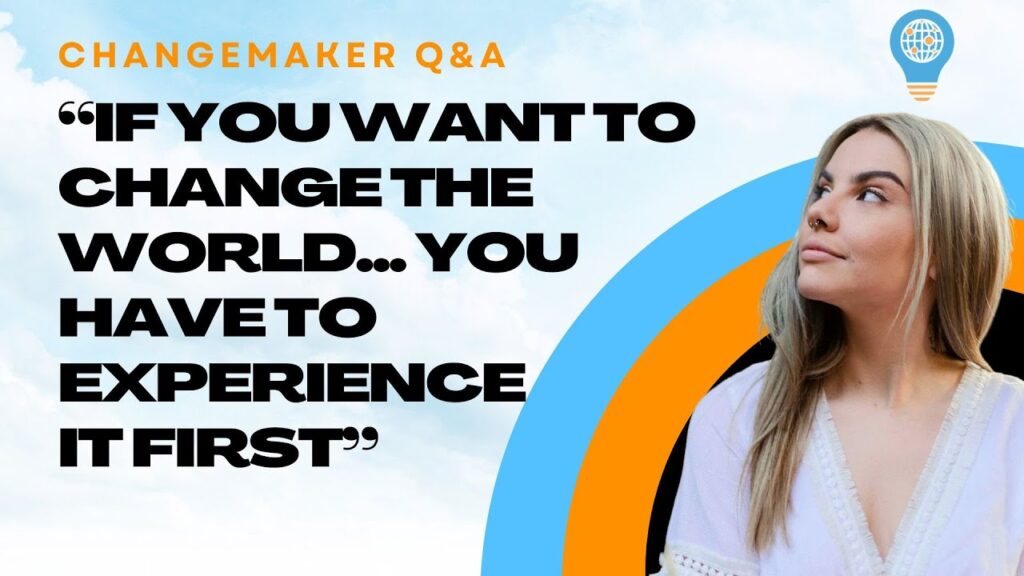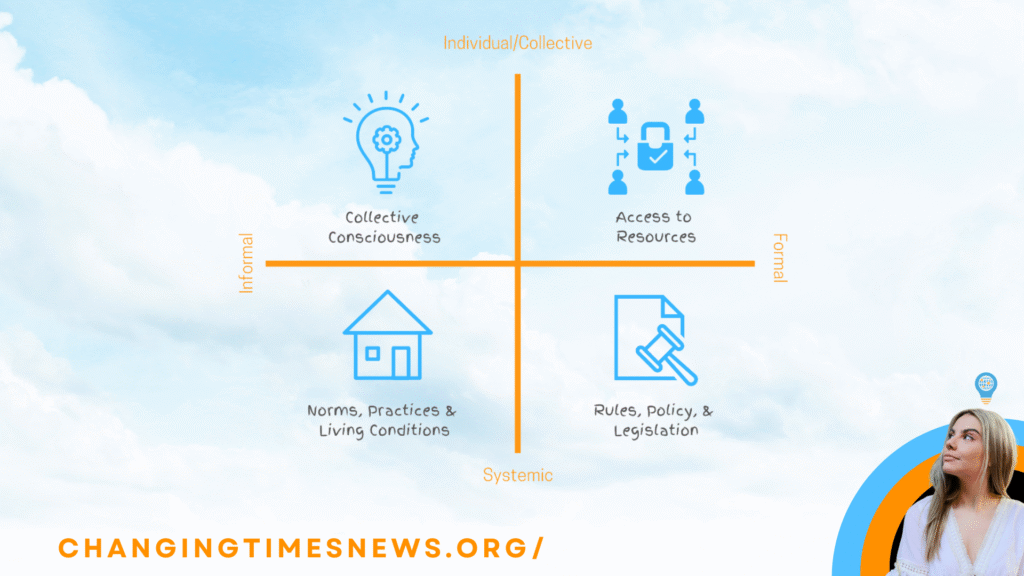In an age when breaking news spreads faster on Instagram than on television, social media has become a primary arena for activism. But how effective is a post, a hashtag, or a story when it comes to creating real-world change? That’s the question explored by humanitarian advocate and podcast host Tiyana J in the latest episode of Changemaker Q&A.
Tiyana J frames the discussion through a personal story: her sister, who has built an audience of over 100,000 followers while traveling Australia, felt torn between disengaging from distressing news about the Israel-Palestine conflict and feeling responsible to use her platform to speak out. That dilemma—between silence and action, between personal well-being and collective responsibility—is one that many social media users face.
While social media has been celebrated for amplifying movements such as #MeToo and Black Lives Matter (Pew Research Center), Tiyana warns against assuming that posting alone is the equivalent of meaningful activism. “We live in this era of slacktivism,” she says in the episode, “where small, low-effort actions online can make us feel like we’re making a big difference.”
Instead, she suggests reframing how we use platforms. Posts with a clear intention—to educate, direct followers toward tangible actions like donating or protesting, or amplify voices of those with lived experience—are more impactful than posts made just to signal personal alignment with a cause. This distinction echoes findings from the Knight Foundation that effective online advocacy often pairs digital awareness with offline mobilization.
One of the strongest tools at our disposal, Tiyana argues, is storytelling. Research in behavioral science has long shown that people respond more strongly to individual narratives than statistics, a phenomenon known as the “identifiable victim effect” (Paul Slovic, University of Oregon). A single story about one person’s lived experience can often do more to shift attitudes than abstract numbers about suffering.
Another principle she highlights is the importance of amplification over self-promotion. Rather than making activism posts about personal presence at a rally or protest, she urges supporters to “elevate the voices of those directly affected.” As she puts it: oppressed communities are not voiceless—they’re often simply unheard.
Frameworks for Posting With Purpose
To help changemakers move beyond “clicktivism” and into more intentional online advocacy, Tiyana J shares two practical frameworks—both of which she learned while working with Amnesty International.
The Outrage–Hope–Action Framework
This three-part structure is designed to make social media content both engaging and solutions-focused:
- Outrage: Start with something that captures attention—an injustice, a striking fact, or an image that sparks emotional response.
- Hope: Balance the outrage with a reason to care, showing that positive change is possible.
- Action: Offer a clear, concrete step, such as signing a petition, donating, or attending an event.
This sequence ensures that posts do more than alarm followers—they guide them toward contributing to real-world change.
The Explore–Equalize–Elevate Framework
This model is particularly useful for online discussions or handling objections in comment threads:
- Explore: Listen and ask clarifying questions to fully understand the other person’s concerns.
- Equalize: Show empathy and find common ground, validating why they might feel the way they do.
- Elevate: Use respectful questions to gently challenge inconsistencies and open space for new perspectives.
By focusing on dialogue rather than division, this approach can help reduce hostility online and create openings for shared understanding.
Yet, just as important as what we share is how much we consume. Tiyana cautions listeners to be mindful about media intake, especially when online content becomes emotionally overwhelming. Mindfulness, she says, allows changemakers to stay engaged without burning out.
Ultimately, the conversation circles back to a central question: can social media change the world? Tiyana’s conclusion is measured but hopeful. Posting alone is not enough, but digital platforms can shift perspectives, spark conversations, and move people toward real-world action. “Anything that has the potential to change people,” she reminds us, “has the potential to change the world.”


